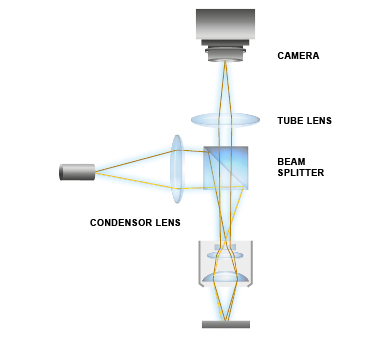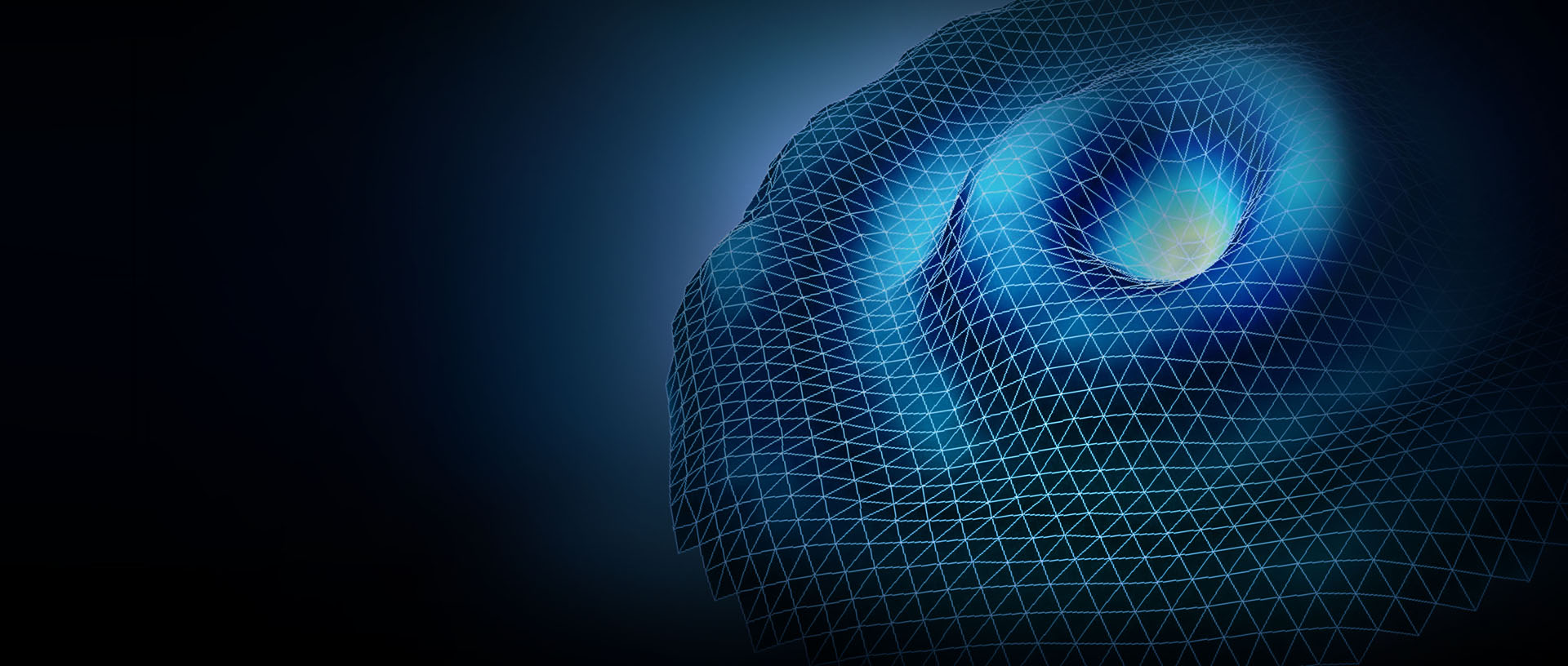
Stroboscopic video microscopy
Stroboscopic video microscopy (SVM) makes use of the fact that high-frequency vibrations at component level can be visualized with normal video cameras when rapid movements are visually frozen using short flashes of light.
The system’s temporal resolution capacity is determined by means of the LED strobe’s flash pulse width, as the camera isn’t quick enough to clearly record very fast events. If the strobe light is switched off, the CCD sensor cannot capture any images, and this is precisely why light is only recorded during selected movement phases when the strobe light is switched on and why events can be recorded over a period of time shorter than the camera’s shortest possible exposure time. The excitation signal that causes the sample to vibrate, the LED strobe flashes and the camera exposure time must all be exactly coordinated to one another as regards time. The image below shows the time diagram for synchronizing the PMA software, taking the example of two camera shots during two different phases of periodic sample excitation.
Combination with laser doppler vibrometry
You can use a combined SVM and LDV system to identify the mechanical resonances of structures that move in all three spatial directions.
The laser beam of a laser doppler vibrometer and the strobe light are coupled into the integrated microscope lens’ beam path using beam splitter units. Working in conjunction with the signal generator and the vibrometer controller, the computer controls the laser beam’s movement (scanning LDV), the strobe lighting, processing of the interferometric signals and the camera image, and (if necessary) the sample excitation too. The measurements are ultimately evaluated and graphically represented using the high-performance system software.
The combined method is particularly significant with respect to characterizing micromechanical components (MEMS).
